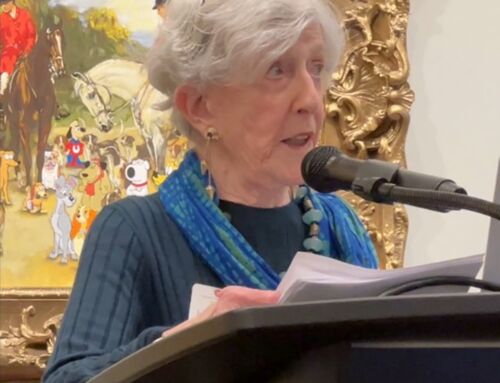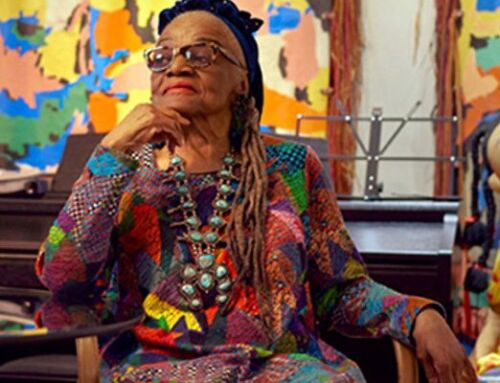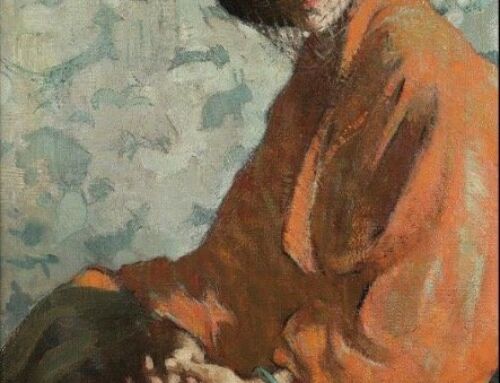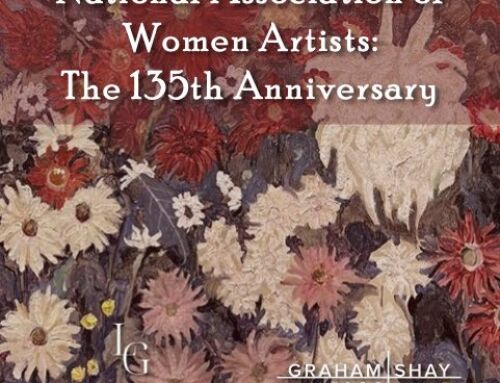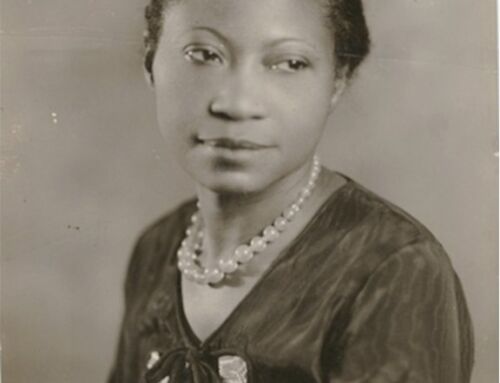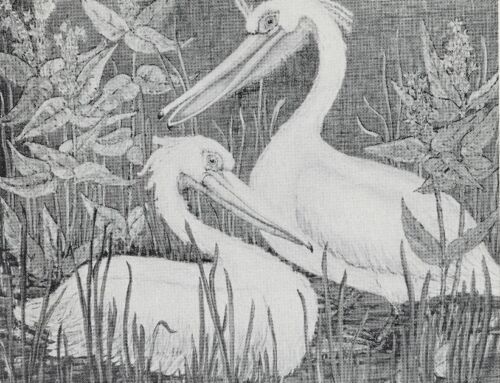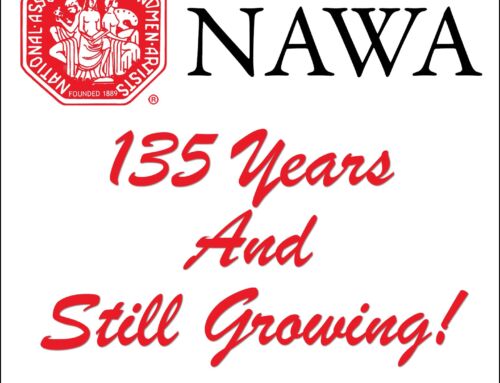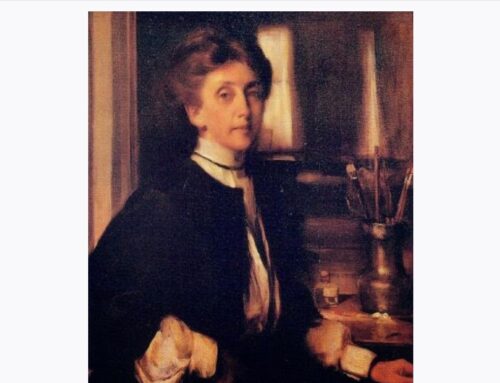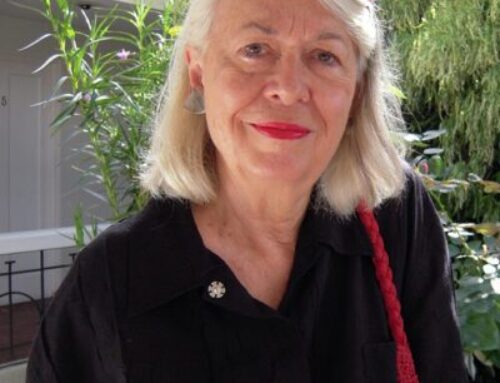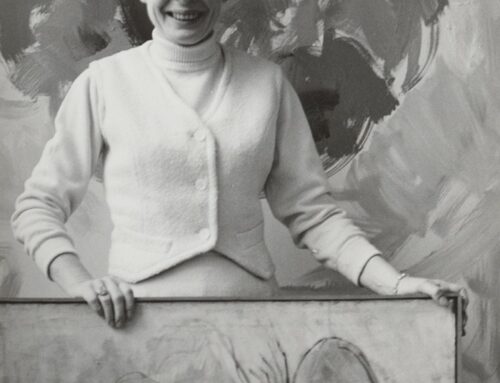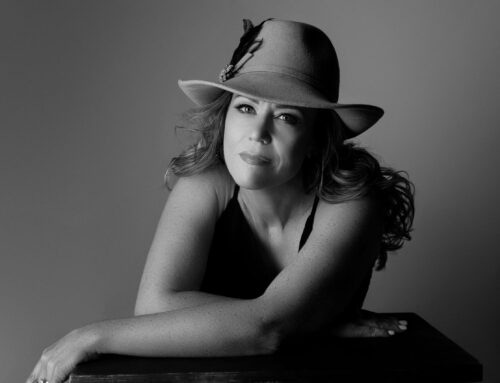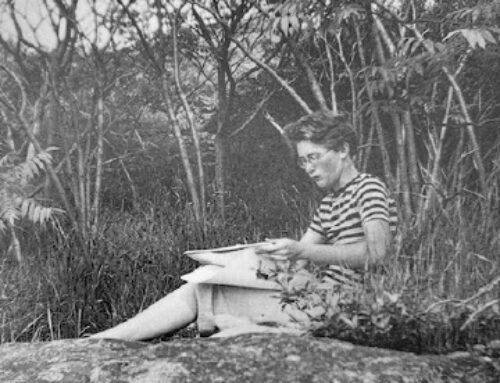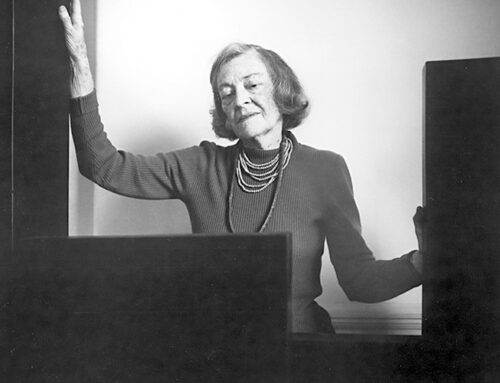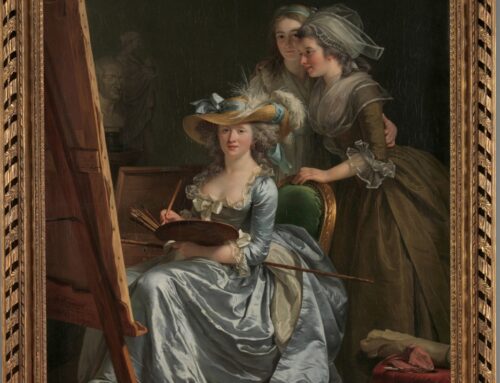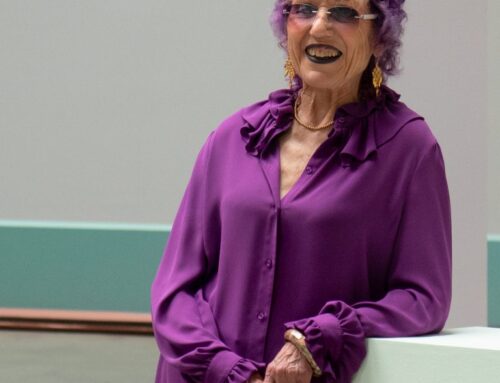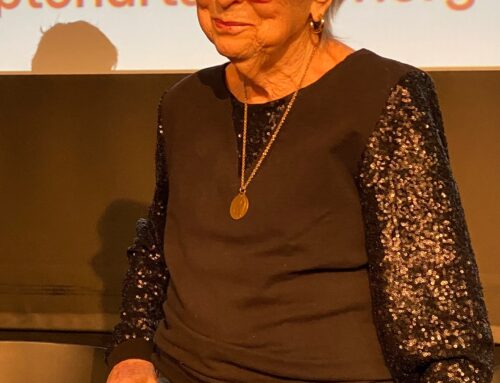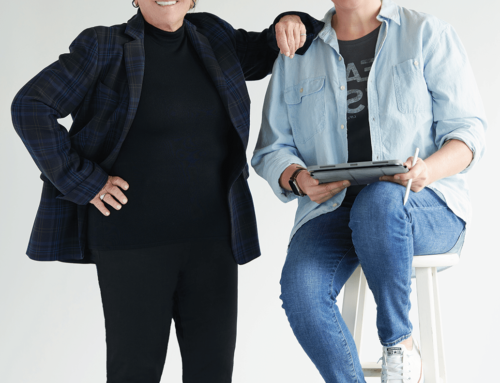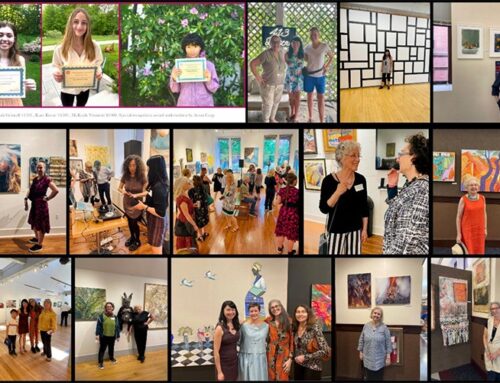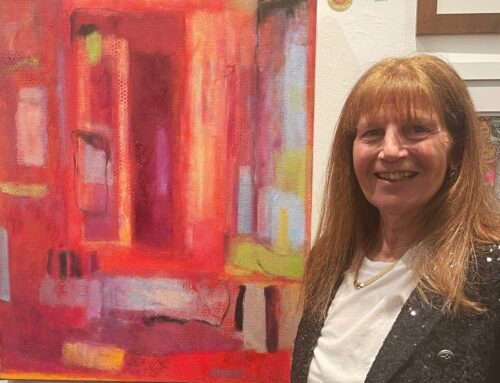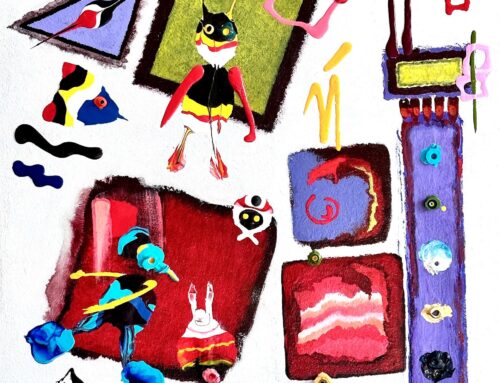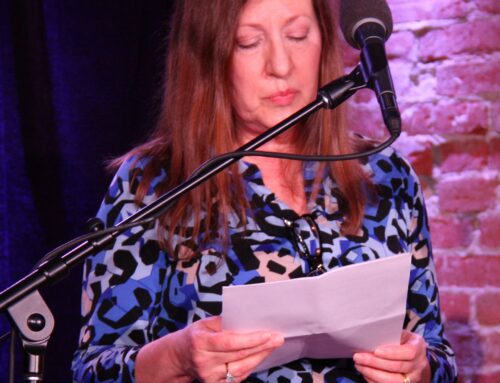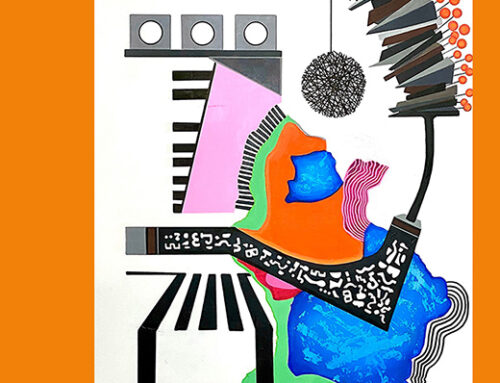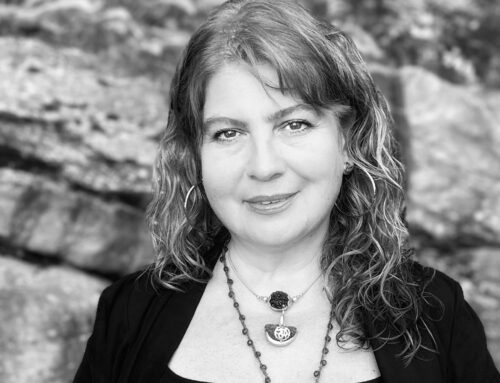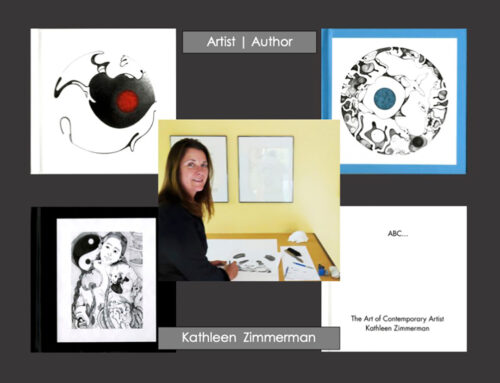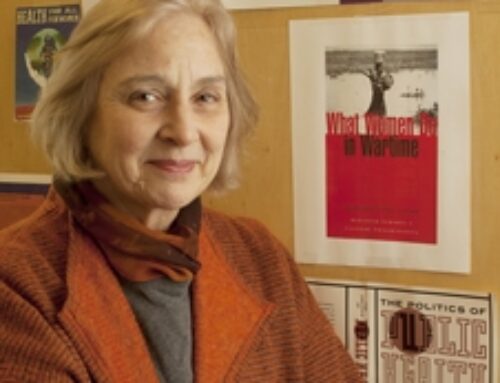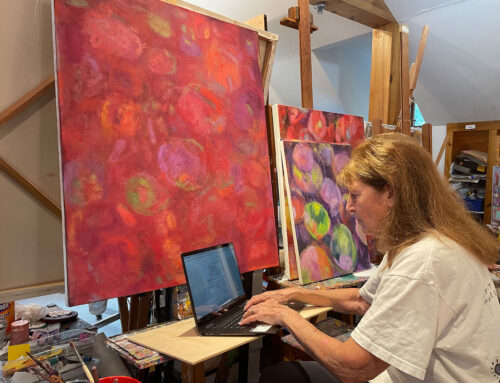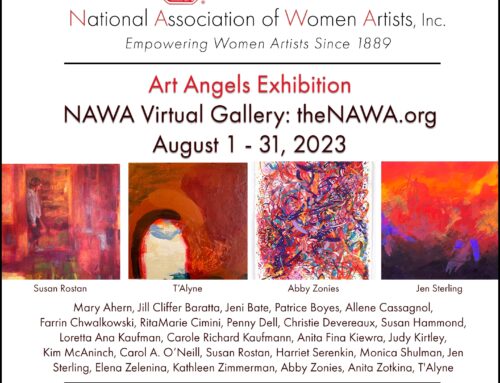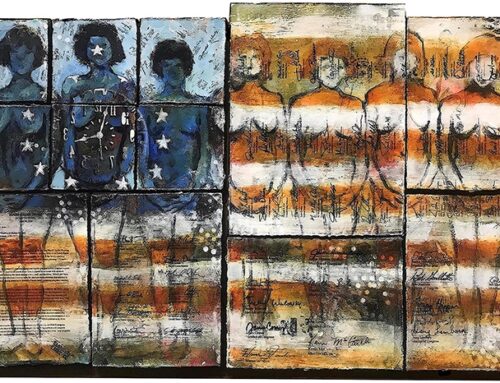NAWA Luminaries – Dorothy Eaton
NAWA Luminaries is the intersection of NAWA’s Historical Research and current events around the United States, highlighting celebrated NAWA members.
Our 135th Anniversary Exhibition at Lincoln Glenn and Graham Shay 1857 combined Galleries at 17 East 67th Street, Suite 1A, New York, NY, from March 21 – May 31, 2024, features this week’s Luminary, Dorothy Eaton.
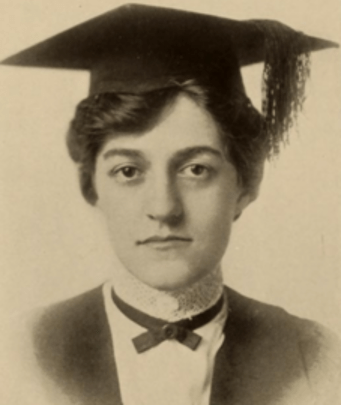
Dorothy Eaton, from the 1916 yearbook of Smith College. Public Domain
Dorothy Eaton
Born in 1893 in East Orange, New Jersey, Dorothy Eaton was a talented painter who pursued her artistic education at esteemed institutions like Smith College, Columbia University, and the Art Students League, where she studied under the tutelage of urban realist Kenneth Hays Miller.
Dorothy’s work first appeared in 1929 when the Salons of America exhibited one of her paintings, paving the way for subsequent showings in prestigious New York City venues, including the Montross Gallery, Grant Studios, the Municipal Art Gallery, and The National Association of Women Artists’ Argent Gallery. A significant milestone was her inclusion in the 44th Annual Exhibition at the esteemed Art Institute of Chicago in 1931, followed by her inaugural solo exhibition at the Montross Gallery on Fifth Avenue in 1936.
Throughout the 1930s and 1940s, the influential art critic Edward Alden Jewell of The New York Times accompanied Dorothy’s artistic journey. His critiques both celebrated and grappled with her work. In 1932, he praised her “exuberant” brush strokes for conveying a “welcome mood of gayety” while acknowledging the challenges faced by women artists by referring to her “one-man show.” Jewell commended Dorothy’s “delightful sense of color,” “crispness and originality” in her compositions, and the “fresh ‘lift'” in her work.1
In 1936, art critic Charles Z. Offin of the Brooklyn Daily Eagle noted Dorothy’s “extremely tight brushwork and prodigious detail” while acknowledging the “mood and life” and “effective atmospheric envelopment” in her landscapes.2
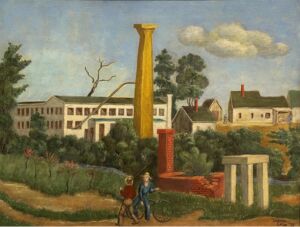
Tully Lumber Mill, Orange, Massachusetts, 1935, oil on canvas. Lincoln Glenn and Graham Shay 1857 Gallery, NY.
Dorothy’s artistic achievements extended beyond exhibitions, as the Federal Art Project, a Depression-era work-relief program of the Federal Works Progress Administration (WPA), sponsored “Poppy,” one of her paintings. Her work garnered acclaim in exhibitions from the 1930s into the 1960s, including at the Corcoran Gallery of Art, the Art Institute of Chicago, the Worster Museum of Art, the Academy of Allied Artists, and the Carnegie Institute. She also participated in traveling exhibitions organized by the National Association of Women Artists (NAWA).
In 1941 and 1944, Dorothy won prizes at NAWA exhibitions, with her painting “Country Auction” winning the first prize (oil paintings) in 1944, with a significant monetary award translating to almost $3,000 today. Art critic Jewell praised the painting’s “ambitious” depiction of numerous figures, although he found some figures to be “static and suspended.”3
Towards the latter part of her life, the esteemed Robert Schoelkopf Gallery on Madison Avenue in New York City represented Dorothy’s works. She passed away in December 1968 at 75 in Chatham, New Jersey. A year after her death, in 1969, the Schoelkopf Gallery mounted a final solo exhibition of Dorothy’s works, commemorating her artistic legacy.4
Sources:
1 Edward Alden Jewell, “Art in Review,” New York Times, 17 Sept., 1932, p. 9.
2Offin, Charles Z. (1936-03-22). “Again: The National Academy of Design’s Annual Exhibit”. The Brooklyn Daily Eagle. p. 42
3Edward Allen Jewell, “52nd Show Opened by Women Artists,” New York Times, 12 April 1944, p. 17.
4 New York Times, advertisement, September 21, 1969.
https://en.wikipedia.org/wiki/Dorothy_Eaton
Susan M. Rostan, M.F.A , Ed.D. Co-Leader: NAWA Historical Research Team. Website.
Signature Member of the National Association of Women Artists
NAWA. Empowering Women Artists Since 1889



